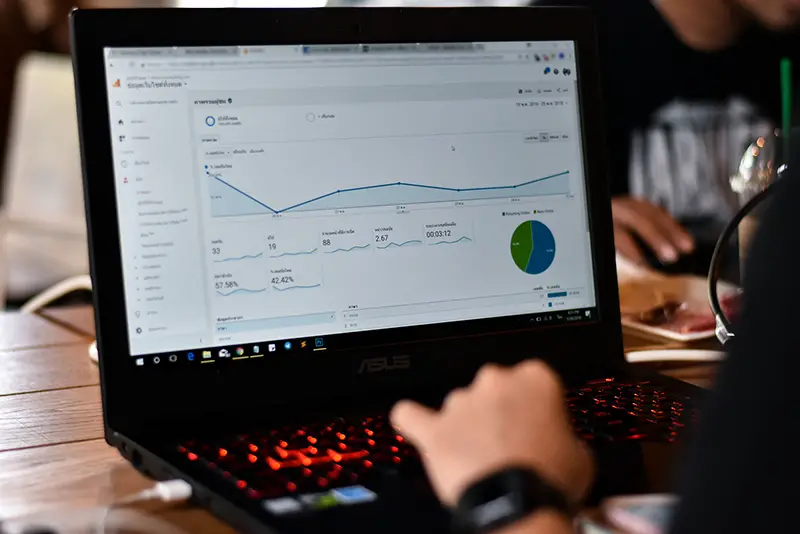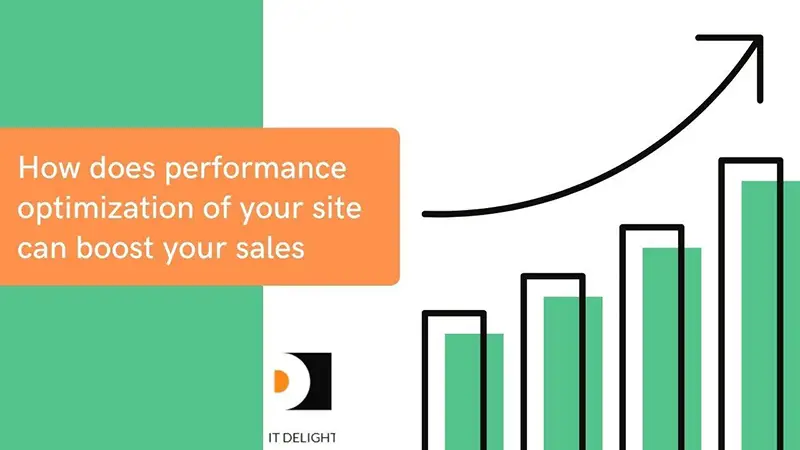Click here to get this post in PDF
eCommerce is a high-stakes enterprise. A lot depends on how your website can handle a sudden increase in traffic and transactions, especially during the Holidays season. If your e-store is plagued with errors or performs poorly when having a lot of visitors, you will lose customers to your competition. Your brand image will suffer. Boosting your e-store’s performance is vital if you want to run a successful business. Let’s take a look at how performance optimization influences sales.
How To Optimize Your Website
There are many areas of your eCommerce site that can be improved to boost performance and conversions. Your load times should be as low as possible. And the experience you offer to users should be seamless and enjoyable. Constant testing is a must. Your e-store might require manual fine-tuning or even switching to a different platform as your business continues to grow.
Companies using open-source eCommerce software like Magento, need regular upgrades to keep their e-stores ahead of their competition. Follow the link: https://itdelight.com/services/magento-2-speed-optimization/ to bring your Magento website up to speed.
Tips On Improving Performance
Keep your HTTP requests to a minimum. Every time your dynamic web page needs to download components like images or scripts, it slows your rendering. HTTP requests take up to 80% of the total load time. Eliminate or combine some of the requests to speed up your e-store.
Combine and minify HTML, CSS, and JavaScript files. Minifying reduces the size of your files by removing unnecessary data. You can also combine several CSS or JS files into a single file. Use plugins or special software to do that.
Make sure that your script files are loading asynchronously. It will allow several files to be opened at the same time, improving the overall speed of a web page.
Set JavaScript to deferred loading. JS files are large. If you use deferring, you move JS files to the back of the queue. Texts and images will be rendered first.
Set TTFB to less than 200 ms. By reducing the time the browser waits before starting to process a website, you will improve its performance.
Additional Ways To Reduce Load Times
- Improve server response time by switching to a fast DNS provider.
- Opt for a better hosting option, like a dedicated server.
- Reduce the overall page’s size by using compression tools. Use Gzip or other popular formats.
- Turn on browser caching by using plugins.
- Reduce the size of your images without sacrificing their quality. You can use cropping, automatic compression, or choosing a file format like JPG or GIF.
- Rely on a Content Delivery Network to improve the experience for your global users.
- Move larger files to external hosting. Use YouTube for your videos.
- Turn lazy loading on. It will ensure that the top of the page (the first screen) will be rendered first, allowing users to browse it. It is a necessary option for pages with several images, or long blog posts.
- Use as few plugins as possible to make your website streamlined.
- Keep your redirects to a minimum.
- Eliminate third-party scripts and integrations you don’t need.
- Search for broken links and remove them.
Don’t forget to test the performance of every web page on desktop and mobile. Search engines prioritize websites with a stellar performance. According to a Google study, 53% of visitors will leave a mobile website if it takes more than 3 seconds to load.
How Your Website Performance Influences Sales
Modern consumers are impatient, the competition is fierce, and search engines prioritize user experience above all else. A poorly-optimized e-store will bleed visitors, get penalized in rankings, and will get destroyed by its competitors.
If the visitors have to wait more than 3 seconds, your will start losing traffic. If your page is fast, secure, and easy to navigate, the bounce rate will be low, and the conversions will go up.
If Google sees that the visitors leave your website in droves, it will assume that you have content that doesn’t match their search intent. So, you can forget about getting into the Top-3. If the bounce rate is low, your rankings will increase. It also means that you will have to pay less for commercial traffic.
Just like with a regular brick-and-mortar store, you will improve sales by making the user experience your priority.
You may also like: 5 Ways To Increase Traffic To Your Business Website


